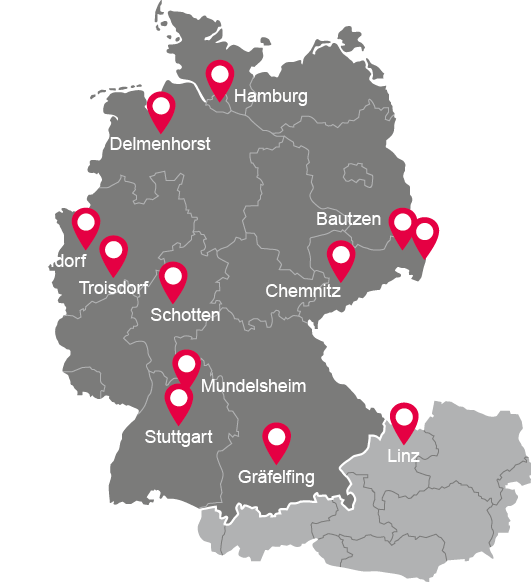
The management of bills of materials is of central importance in product development. There are various software solutions that enable and support efficient BOM management. The main goal here is to ensure consistent BOM structures in CAD, PDM and ERP and to use preconfigured processes to manage articles and BOMs. This means that bill of materials management is already taken into account in downstream operations during CAD design. Discover powerful software for BOM management now.


























